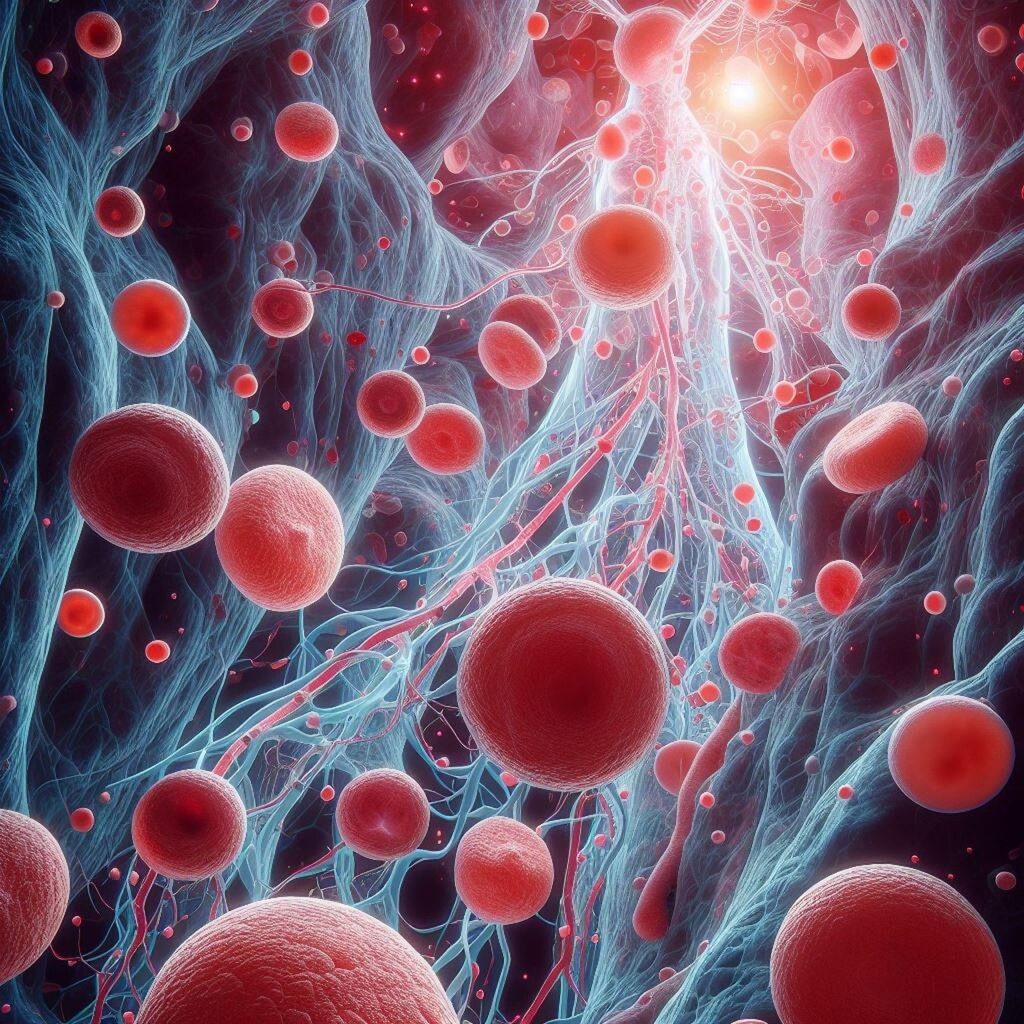Rare genetic conditions affecting blood vessels can have severe and lifelong symptoms, including seizures and impaired development. These conditions, such as Sturge-Weber syndrome and Phakomatosis Pigmentovascularis with Dermal Melanocytosis (PPV-DM), can significantly impact the quality of life for affected individuals. However, a research team at the Francis Crick Institute and Great Ormond Street Hospital, in collaboration with UCL Great Ormond Street Institute of Child Health, has made groundbreaking discoveries that may lead to new potential treatments for these conditions.

Image Source: Pixabay
Understanding the Role of Calcium
The research team found that problems with calcium underlie these rare genetic conditions. Calcium deposits were previously known to build up in the brain in these conditions, leading to the belief that they were non-specific signs of brain damage. However, the new research challenges this view. The team examined 42 children with Sturge-Weber syndrome or PPV-DM and discovered that 74% of them had abnormal measurements of calcium in their blood. Furthermore, the calcium deposits in their brains were getting worse over time.
To understand the mechanisms behind these calcium-related issues, the researchers studied patient samples in the lab and engineered blood vessel cells with and without the genetic mutations associated with these conditions. This approach allowed them to identify that cells with the genetic mutations released excessive amounts of calcium inside the cells continuously. Additionally, these cells pulled in even more calcium from outside to meet the demand. This chronic calcium imbalance is believed to be a key factor contributing to the clinical symptoms experienced by affected individuals.
Mosaic Mutations and Rare Genetic Conditions
The rare genetic conditions of blood vessels, such as Sturge-Weber syndrome and PPV-DM, are caused by mosaic mutations in two genes: GNAQ or GNA11. Mosaic mutations are genetic changes that appear in some cells in the body but not all. These mutations affect not only the skin but also the brain and eyes, resulting in a wide range of symptoms, including seizures, impaired development, severe headaches, blindness, and birthmarks on the face. While individuals with these conditions can have a normal life expectancy, many experience serious and disabling symptoms throughout their lives.
The Impact of Genetic Therapy and Calcium Channel Blockers
Based on their findings, the research team explored potential treatments for these rare genetic blood vessel conditions. They tested a new genetic therapy to silence the overactive gene and a drug to block the calcium-release-activated calcium (CRAC) channels, which are responsible for the excessive calcium release in cells. Both treatments showed promise in improving the calcium-related issues, but the genetic therapy was found to be the most effective.
The researchers believe that early intervention with genetic therapy or drugs targeting the calcium pathway could prevent the accumulation of calcium deposits in brain cells and potentially alleviate seizures and other symptoms. This discovery opens up a window of opportunity to make a difference in the lives of children diagnosed with these severe diseases.
The Path to Potential Treatments
The research conducted by the team at the Francis Crick Institute and Great Ormond Street Hospital represents a significant milestone in the understanding and potential treatment of rare genetic blood vessel conditions. By unraveling the role of calcium in these conditions, the researchers have paved the way for targeted therapies that address the underlying cause of the symptoms.
The next steps involve further research and clinical trials to validate the effectiveness and safety of the genetic therapy and calcium channel blockers in treating these conditions. Collaborations between researchers, medical professionals, and patient organizations will be crucial in advancing the development and accessibility of these potential treatments. The ultimate goal is to provide hope and improved quality of life for individuals and families affected by rare genetic blood vessel conditions.
For more information about rare hematologic disorders, visit https://checkrare.com/diseases/hematologic-disorders/
